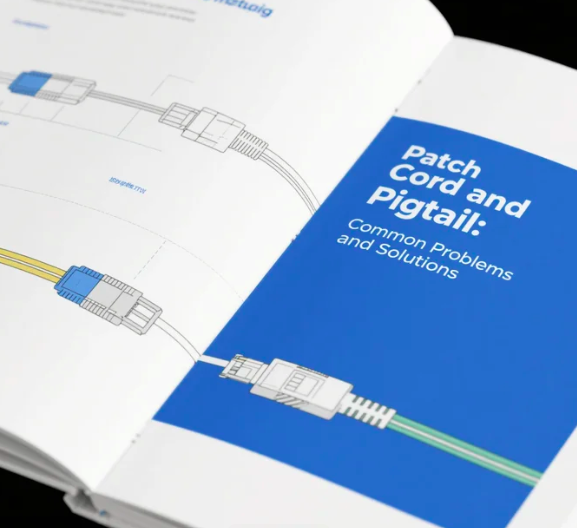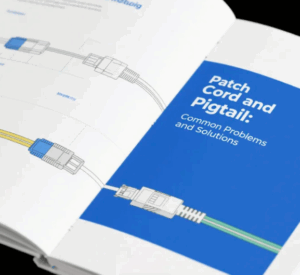Home » Patch Cord and Pigtail: Common Problems and Solutions

Fiber optic networks rely on patch cord and pigtail to keep connections fast and stable. However, many technicians encounter issues that can reduce performance or even cause downtime. This guide focuses on the most common problems with patch cord and pigtail, their causes, and practical solutions to fix them.

High insertion loss is a common issue for patch cord and pigtail. For single-mode fibers, insertion loss should be under 0.35 dB, and for multi-mode fibers, under 0.5 dB. Common causes include bending fibers too sharply, dirty connectors, or poor splicing of pigtails.
Sometimes technicians accidentally connect mismatched fibers, like single-mode to multi-mode patch cord and pigtail, which can increase insertion loss by 0.3–0.5 dB and cause reflections.
Using the wrong connector type or poor polishing can cause signal reflection, leading to unstable networks. APC connectors can reach 60 dB return loss, while UPC connectors typically reach 50 dB.
Solution: Match connector types correctly and standardize on either APC or UPC to reduce reflections.
Patch cord and pigtail can break if stretched too much, stepped on, or stored improperly. Fibers can fail under forces above 5 N, causing a complete loss of signal.
Repeated plugging and unplugging can scratch connector ends, adding 0.2–0.3 dB to insertion loss.
Dust and debris on connector ends cause up to 70% of fiber connection problems. Even tiny particles can reduce signal quality for patch cord and pigtail.
Oils or fingerprints can affect performance.

Bending fibers too sharply causes microbending, increasing attenuation by 0.1–0.3 dB per bend.
Too long or too short patch cord and pigtail can create slack or tension, leading to tangled or strained cables.
Small misalignments in patch cord and pigtail ferrules can add 0.1–0.3 dB of loss. Misalignment often happens during manual polishing or after repeated connections.
Scratched or uneven connector ends cause signal reflections, especially in single-mode fibers at 1310–1550 nm.
Even when fibers look properly bent, tiny hidden bends can increase loss by 0.05–0.2 dB per bend, often in tight cable bundles.
Vibrations or small shifts in racks can stress patch cord and pigtail connectors over time, affecting signal quality.
Rapid temperature changes in equipment rooms can create subtle bends in patch cord and pigtail, increasing attenuation by up to 0.05 dB per 5°C change.
Patch cord and pigtail are essential for stable fiber optic networks, but problems like signal loss, physical damage, contamination, connector issues, and hidden microbends are common. By cleaning connectors, checking alignment, routing cables properly, and reducing stress on fibers, these issues can be prevented.
Using tools like OTDR for monitoring and implementing strain-relief solutions helps maintain long-term network performance. Following these steps ensures patch cord and pigtail connections remain reliable, efficient, and easy to manage.
